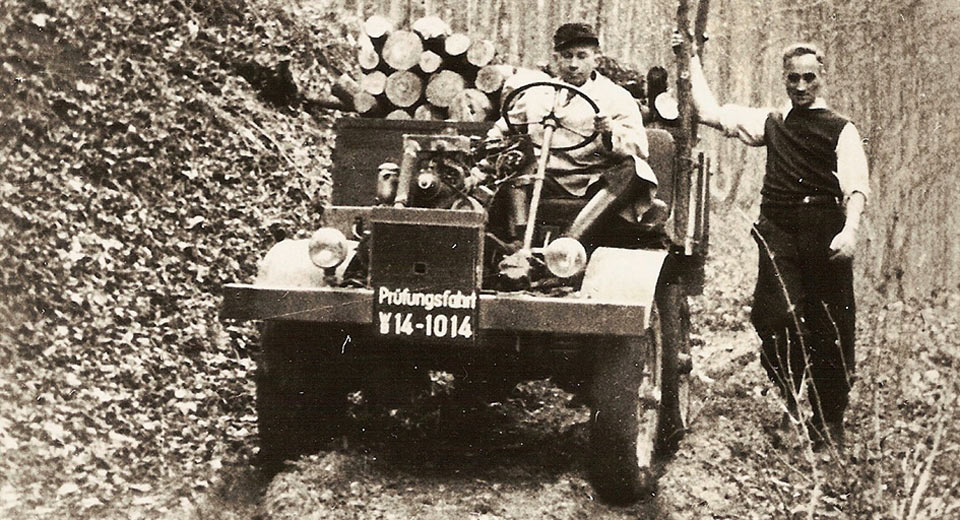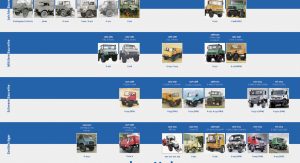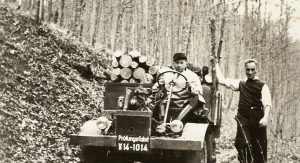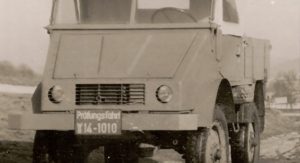On October 9, 1946, the Unimog Prototype 1 completed its first test drive, and Mercedes-Benz, understandably, wants to celebrate this anniversary.
However, before being transformed into a fully working prototype, one that had no bonnet and “was fully laden with wood, on rough forest roads”, as the carmaker explains, the Unimog had its fair share of shortages, blamed on the post-war era.
The man behind the project was Albert Friedrich. He began developing the concept in October 1944, just as the allied forces were sweeping through Germany, and in September 1945 he presented a blueprint to the board of directors, who showed little interest in it. Despite this, the project was submitted on October 9 to the ‘Production Control Commission’, which allowed the development and testing of 10 vehicles.
Subsequently, Friedrich passed the reins of the entire project to his former subordinate, chief designer Heinrich Robler. Early next year, a new plan was developed, with the engine and gearbox positioned directly to the right of the middle line of the vehicle, meaning that the protecting torque tubes could be mounted at the right angles to the axles. The innovative design had turned out to be so successful it’s still being used, 70 years later, for the U 4023/U 5023 series.
The term Unimog was first used in March 1946, by Hans Zabel, from Gaggenau, who had been part of the project from beginning, and was inspired by Universal-Motor-Gerat (universally applicable motorized machine).
“No other commercial vehicle in the world can function as a tractor, towing vehicle, truck, fire fighting and exploration vehicle, bus and working machine“, the automaker explains.
One year later, the Mercedes Unimog went into production, powered by a 25 horsepower diesel engine, which allowed it to accelerate up to a top speed of 50 km/h (31 mph). Since then, more than 400,000 units have seen the light of day, in numerous variations.



















